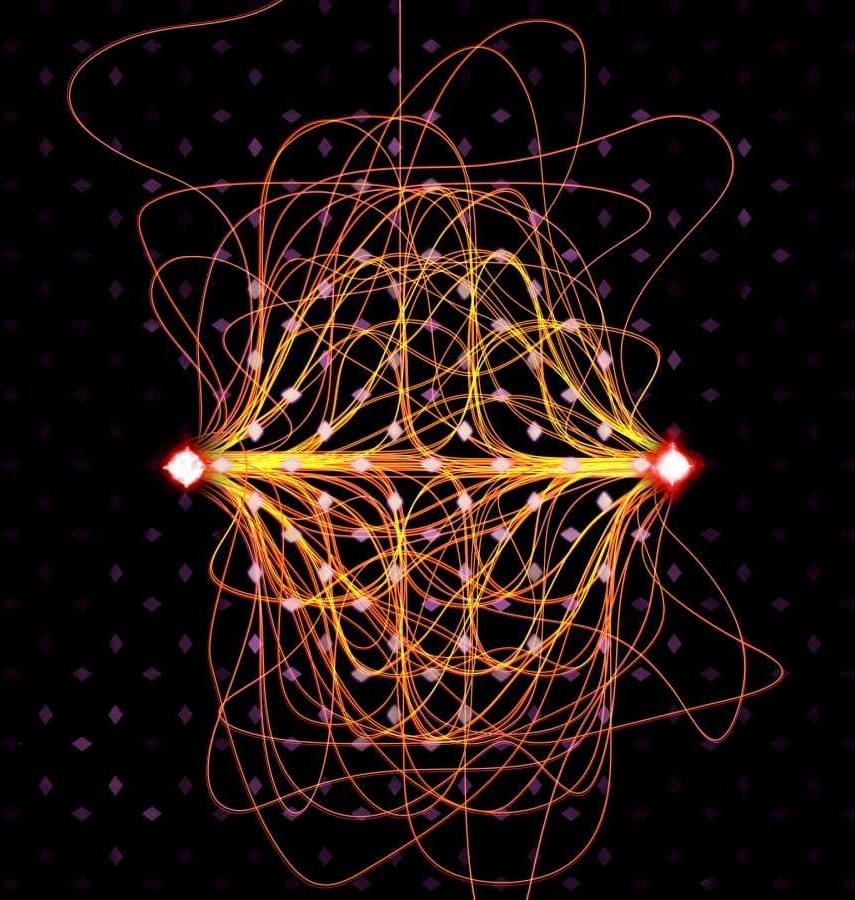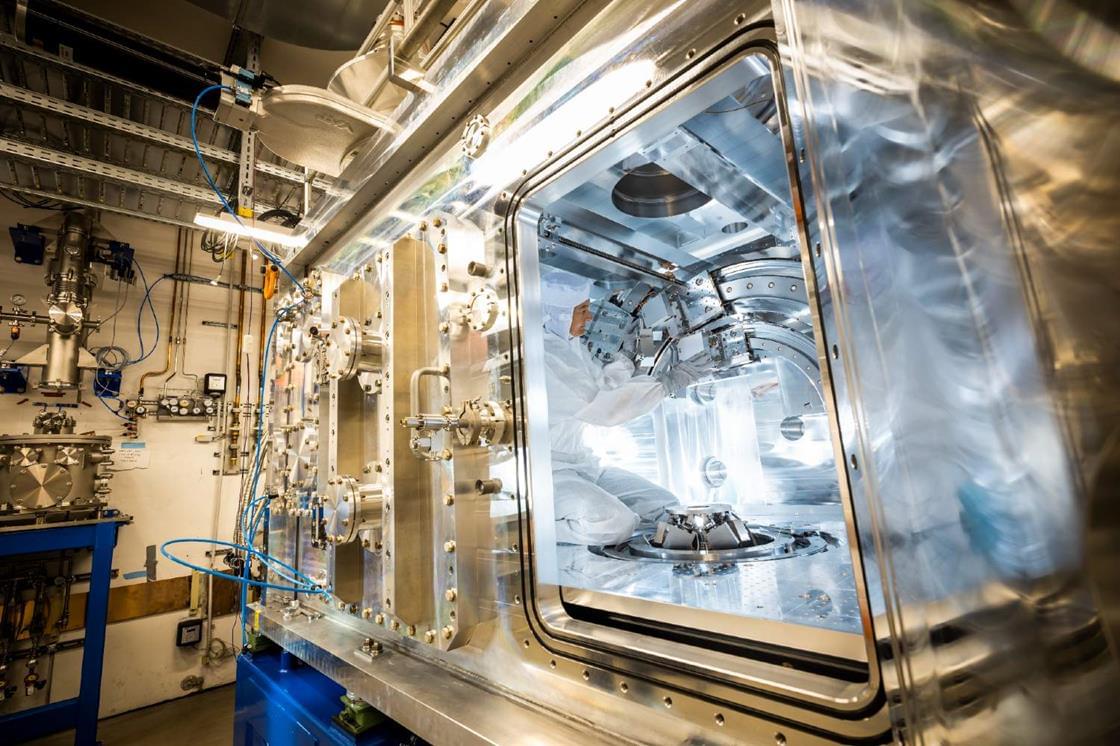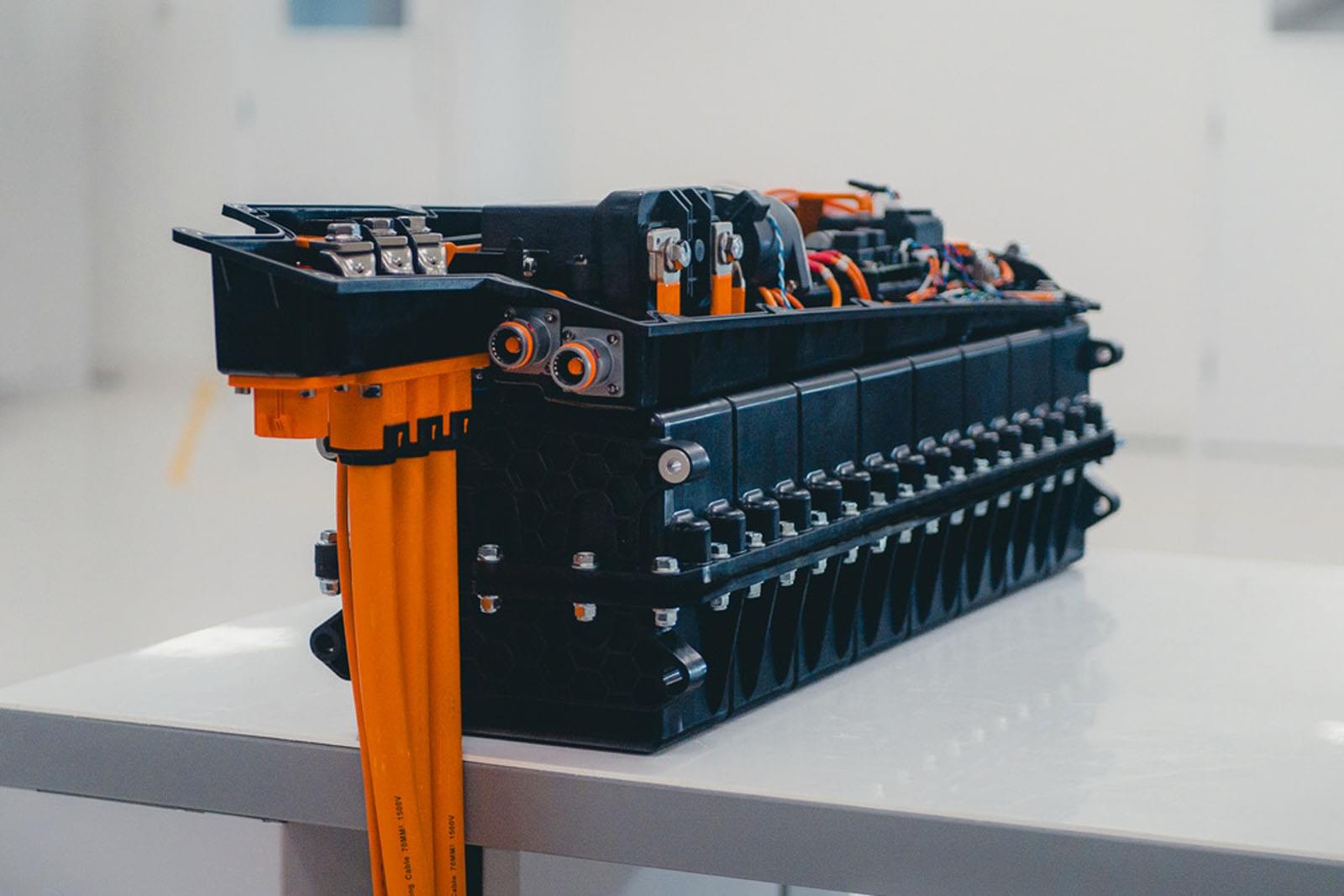Computer simulations of high-energy particles are pushing the boundaries of what we can learn about the interactions that happen inside particle colliders



Did Chinese researchers at the University of Michigan try to smuggle a biological weapon into the United States? CBN’s Raj Nair is joined by Sean Durns, a Washington DC based foreign affairs analyst, who has written extensively on China.
CBN News. Because Truth Matters™
Download the free CBN News App: http://cbnnews.com/app.
SUBSCRIBE to the CBN News Channel for more:
http://youtube.com/c/CBNnewsonline/?sub_confirmation=1
SUBSCRIBE to the QuickStart Newsletter by visiting quickstart.news.
SUBSCRIBE to the Quickstart Podcast. New episodes every morning at 7am: cbn.com/cbnnews/quickstart.

The Big Bang is often described as the explosive birth of the universe – a singular moment when space, time and matter sprang into existence. But what if this was not the beginning at all? What if our universe emerged from something else – something more familiar and radical at the same time?
In a new paper, published in Physical Review D, my colleagues and I propose a striking alternative. Our calculations suggest the Big Bang was not the start of everything, but rather the outcome of a gravitational crunch or collapse that formed a very massive black hole – followed by a bounce inside it.
This idea, which we call the black hole universe, offers a radically different view of cosmic origins, yet it is grounded entirely in known physics and observations.
Ever wonder why we can’t live forever? The answer might be ticking inside every one of your cells. In this video, Dr. Bill Andrews dive into the fascinating…

Scientists in Germany have achieved a world first by moving individual atoms from one position to a precisely defined final one using magnetism, unlocking the potential for controlled atomic motion in nanotechnology and data storage.
The research team from the University of Kiel (CAU) and the University of Hamburg used a highly sensitive scanning tunneling microscope (STM) to manipulate atoms on a specially engineered magnetic surface.
In the coming years, batteries so tiny yet powerful could revolutionize everything from smartphones to supercomputers.
Energy storage is about to take a massive leap forward, with the new concept of “topological quantum battery” at the forefront.
A theoretical study by researchers at the RIKEN Center for Quantum Computing and Huazhong University of Science and Technology has shown how to efficiently design a quantum battery.


British firm the RML Group has been granted Conformity of Production (CoP) approval for its new VarEVolt battery, ticking a crucial box as it prepares to pitch the pack to major car makers.
It has been verified as building products compliant with safety standard UN ECE Regulation 100, a requirement for many larger OEMs and car manufacturers.
“Performance is a key part of what RML offers,” said James Arkell, RML’s head of powertrain. “Doing this safely, reliably and repeatably is key to our success, and this certification solidifies that message to the industry.”
